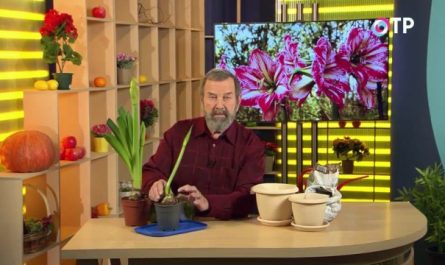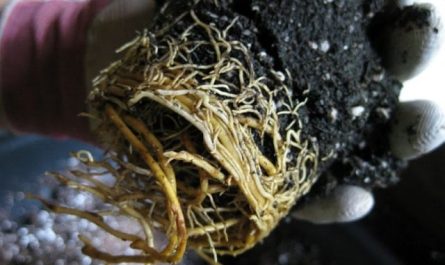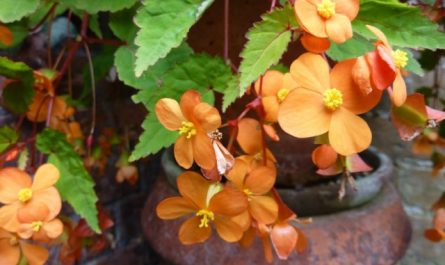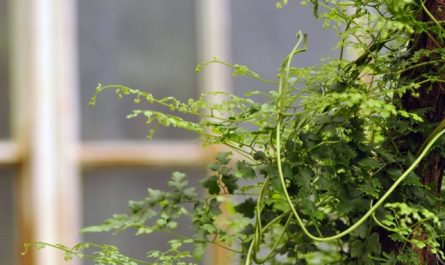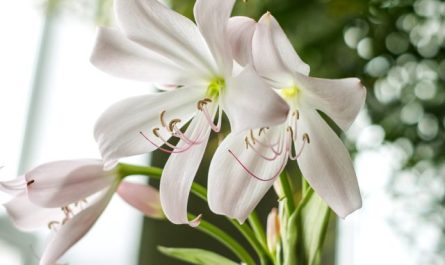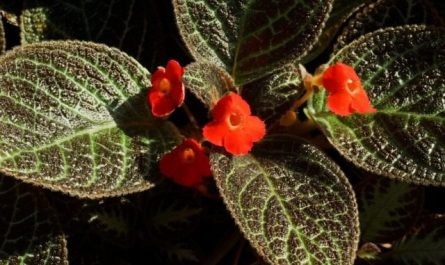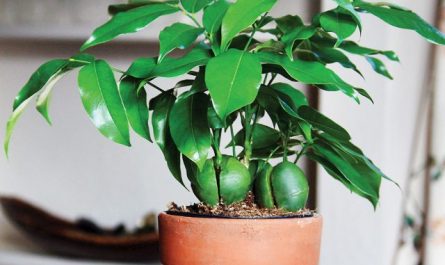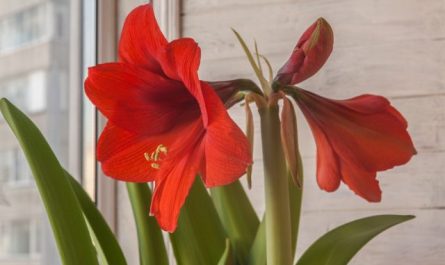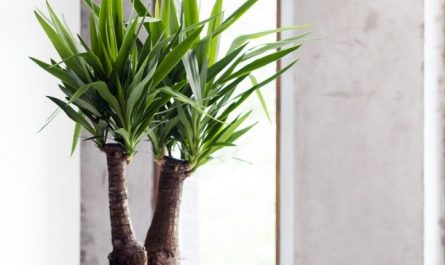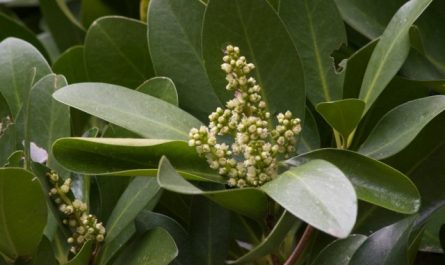Many people grow cacti as a purely “green” interior decoration for a reason: they require special conditions for the formation of flower buds. But for fans of unique flowers that seem even brighter against the background of prickly stems, any difficulties in organizing the correct rest period are more than worth it. The main thing in their wintering is not always the temperature. A strong contrast in humidity, special lighting and radical changes in care in general – this is the key to the bright flowering of your favorite cacti. And a possible reason for the absence of long-awaited flowers.

Cacti come in different varieties
The only thing that unites different types of cacti is the fear of over-watering and dampness. Too abundant and frequent watering ruins these wonderful plants even in hot summers. What can we say about wintering, when all plants from the Cactus family without exception should be kept with at least half the soil moisture. But this is where the similarities end. And all the diversity of cacti is revealed, which determines whether they are able to bloom and under what “circumstances” they will be able to do this.
Thick beautiful fringe and yellowish-golden spines suggest that cereuses, echinocactuses, cleistocactuses will not be able to bloom at home until old age. As well as colored (or, more simply, painted) mini-cactuses that have filled the shelves, grown as a colorful interior decoration.
For ease of “working” with cacti and choosing a strategy for organizing the dormant period, it is easiest to divide cacti into two conditional groups species that winter in cool and warm conditions, and remember that they differ significantly from each other:
- classic desert or African cacti with a dry, cool dormant period in winter;
- forest (South American), unexpectedly moisture-loving species, for which the flowering period often shifts, and the care requirements are completely different.
The right choice of species for which you can create conditions for flowering is the main guarantee of success. If moving to a cold room (for example, to a cold hall or to a protected balcony) is not a problem, then the entire range of indoor cacti is available. It is better to choose according to your taste, evaluating species only from a decorative point of view.
Popular luxurious balls of mammillaria and rebutia require largely similar conditions. But if cool places in the house are “in short supply”, it is difficult to place cacti in a comfortable temperature and lighting, then it is better to limit the choice to species that do not require coolness at all for the formation of flower buds. Rhipsalis, disocactus, aporocactus, gymnocalycium, melocactus and zygocactus with schlumbergera winter and bloom perfectly in normal room temperatures… So there will be a species for both lovers of luxurious Christmas cacti and lovers of “crumbs”.
It is difficult to distinguish externally between cacti that need or do not need cool temperatures to bloom, but information can always be obtained from the seller or by studying basic information about a particular type of plant.

Why don’t cold-stored cacti bloom?
The most obvious reason for the “non-flowering” of your favorite cacti is the lack of coolness. If the temperature for cacti that require coolness during the dormant period is too high, no amount of care will allow the formation of flower buds and flowering. Mammillaria, Rebutia, and Co. overwinter at a temperature of 5 to a maximum of 15 degrees (the lower the temperature, the faster flowering will occur).
If the indicators have been reduced since November, but the result has not been achieved, then the lack of flowering was caused by a violation of care:
- constant fluctuations in temperature from hot to cold;
- drafts;
- violation of the “dry” regime – any watering (during the cool period, they are reduced to minimal wetting of the soil in order to maintain turgor once a month);
- incorrect “transfer” of the plant to winter (ideally, watering is gradually reduced starting in October, stopping in November and only then moving the plants to new conditions with a dry substrate);
- too abrupt “exit” from the dormant period – cacti need to be gradually accustomed to light and should not be watered and fed immediately: at the beginning of March, carefully spray the substrate with warm water, begin sparse watering for several weeks and only then return the cacti to the usual spring-summer regime (feeding is resumed no earlier than 2 weeks after the start of normal watering);
- fertilizing from August to March;
- use of organic matter in fertilizers;
- excessive fertilizing in summer (or, conversely, a complete lack of fertilizing when the soil is depleted);
- overwatering in spring and summer, violation of the light humidity regime during the growth period;
- watering with warm water in winter and cold water in summer;
- lack of lighting from spring to autumn, especially after the dormant period: the lighting should be as bright as possible, desert cacti will prefer direct sun, forest cacti – soft diffused light, in summer it is better to move the plants to partial shade in the fresh air;
- lack of fresh air in summer;
- constant rotation in relation to the light source (most desert cacti require strictness).
For all lovers of coolness, it is worth remembering that during the dormant period, lighting should be reduced (although this usually happens in winter anyway).

Why cacti that require warm conditions do not bloom
For cacti that can bloom even indoors and do not require coolness during the dormant period, all responsibility for flowering “lies” on the quality of care. After all, only proper care, or rather, its proper reduction, stimulates the formation of buds. The absence of flowering in such species is caused by:
- insufficient reduction of watering (it is reduced until the beginning of November so that until the beginning of March the cacti are watered minimally, just not allowing the stems to wrinkle and wither – once a week or less often, with a minimum amount of water);
- excessive feeding (too frequent or concentrated in summer, non-stop from August to March);
- too hot temperatures (the normal period of preparation for flowering when close to batteries (at temperatures above 20 degrees Celsius) is simply impossible even for heat-loving species; the warm dormant period should still be several degrees cooler than the usual temperatures);
- lack of light after the first signs of exit from the period of conditionally dry dormancy (moving to more illuminated windowsills or additional lighting are critical for flowering in autumn, winter and early spring, taking into account the sun-loving nature of all species, except for the “Christmas cactus”, for which lighting is increased from partial shade to diffused bright);
- insufficient lighting and ventilation in the summer (during the period of active growth, access to fresh air is just as important as optimal lighting conditions);
- change of orientation in relation to the light source, especially from the second half of the rest period;
- lack of contrast between day and night temperatures (the difference during the rest period should be at least a few degrees);
- mistakes in care during the active growing season.

Other reasons for the lack of flowering in cacti
If cacti do not bloom despite the correct reduction of care, you should first check the plants for signs of pests and diseases, make sure of the quality and condition of the substrate, its air and water permeability. And the appropriate size of the container: cacti will not be able to bloom either with an excess of free soil, or in a cramped space, when the entire earthen lump is taken up by roots. And they do not like too deep pots even with a very high drainage layer. Sometimes they do not like plastic (all cacti prefer breathing vessels) and insufficient drainage holes.
Even if all the reasons are excluded, cacti may still not bloom. After all, sometimes purchased plants, whose flowering was artificially stimulated and prolonged, are exhausted and require a longer pause. And even at a young age, not all cacti are capable of blooming. Give them time and provide ideal care – and the long-awaited flowers will not keep you waiting.

